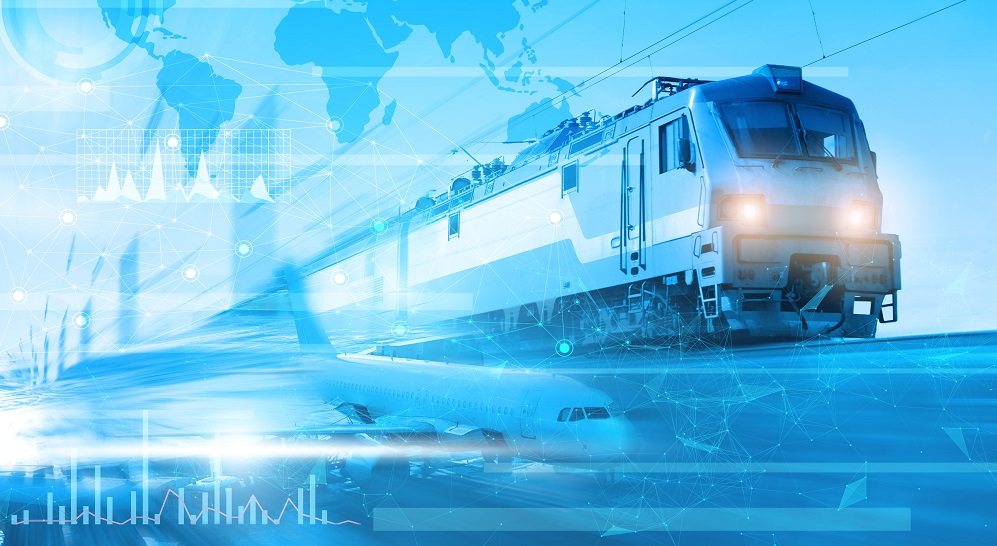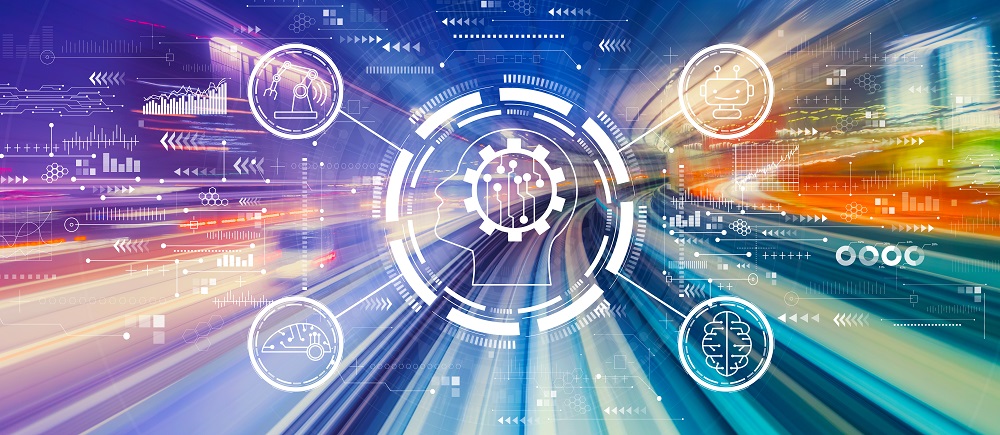Smart Railway: Transforming Railways with AI-powered Predictive Maintenance
The Internet has been an essential part of transforming communication and boosting digital infrastructures everywhere. In the broader context, the railways have played a role that’s very much the same.
Historically, railways have played a massively connective role in building economies and cities by enabling trade and travel. And just like the internet has evolved to become more advanced through the years, so has these steel networks of the world – into smart railways.
$2.7 trillion. That’s the estimated cost of the railway industry spread globally across various countries and continents. As entire cities and cultures have been shaped by the existence of these iron veins – spread across the lands.
And it still continues, moving tons of freight and skilled personnel from one place to another. Join us in exploring the cutting-edge innovations transforming the railways. And learn how a smart railway system can minimize disruptions in connecting the world.
Next-Gen Journeys: Advantages of Smart Railway Systems
 Globally, it is estimated that the railways alone manage to ferry 800 billion passengers and 100 billion tonnes of freight every year. And yet, railway assets such as trains, navigation systems and various types of gadgetry involved – have an average age of 25 years or even older.
Globally, it is estimated that the railways alone manage to ferry 800 billion passengers and 100 billion tonnes of freight every year. And yet, railway assets such as trains, navigation systems and various types of gadgetry involved – have an average age of 25 years or even older.
Many countries, including developed Western nations are yet to critically upgrade their railways into smart railway systems – such as with AR/VR in the automotive industry. Here are some advantages that such upgrades to the railways offer:
Improved Safety
Though the data shows a downward drift for rail accidents and instances such as derailments, etc., safety is still of paramount importance to railway systems.
Smart railways are an essential way of progress for governments and private bodies managing the railways to ramp up the conditions for safety and security of both passengers and goods.
A smart railway system will help detect anomalies with the use of sensors, cameras placed along the monitor tracks. And leverage the use of data from different terrains, trains, and infrastructure so that any potential failure is averted.
This will translate into real-time actions that will let professionals overseeing the railways prevent accidents in a timely fashion.
Passenger Experience
What many passengers experience with their train journeys hinges a lot on the tech initiatives that the railway employs. Initiatives that through digital hardware, collect information and send updates to train passengers over a set period of time in order to make their functioning faster.
Smart railways employ all the ways and methods required to send information to passengers in real time. This could include data about the train’s present location, where it is stopping next, what delays it is facing, etc. Based on these informative updates, passengers can naturally optimize their travels and make for a more convenient travel journey over time.
Efficiency & Maintenance
Because the trains in a smart railway system provide constant stats and updates about various parameters to engineers and background personnel – it further reduces downtimes and delays. This is because those in charge of managing the schedules and how the trains operate can have them operate and routed based on optimized requirements.
As a leg up to ordinary maintenance work, smart railway systems regularly see minimal to major maintenance works done – often ahead of schedule as data inputs from various sensors monitoring the train’s tracks, equipment, and vehicles. Similar to spatial intelligence, maintenance work becomes faster and precise in this manner, allowing those in charge, to save on costs and manpower.
Energy & Environment
For all they achieve, railways still require a lot of energy to enable trains to make all sorts of journeys. Cutting down on energy requirements will lead to both reduction of costs and its impact on the environment. To this end, smart railway systems see efficient use of aspects of train journeys such as train speeds, when it brakes and accelerates.
An underrated but highly impactful advantage of these smart railways is that when the experience improves, more of the population will feel encouraged to use the railway systems.
This translates into more footfall of passengers who are opting for public transport instead of automobiles. And also, more of goods and freight, as more companies will want to use reliable railway systems for shipping and transport.
Hitting the Fast Track: AI-Powered Smart Railway Technology
 Now we already know how important the arterial system of our cities, that is, the railways are for everyone. And we’ve also covered how smart railway systems can improve the conditions and performance across the board.
Now we already know how important the arterial system of our cities, that is, the railways are for everyone. And we’ve also covered how smart railway systems can improve the conditions and performance across the board.
However, the fact of the matter remains that infrastructure failures, affecting the railway systems, cost the world – upwards of $20 billion and more every year.
Now, smart railways will definitely be an upgrade from the conditions of how many railway stations and infrastructure today exist, but the inclusion of AI will be a lot faster in being implemented and in showing results. Just like how blockchain and AI are shaping to be for the finance world.
It is estimated by experts that predictive maintenance has the capability of almost halving the failures and costs in rail infrastructure. Let’s take a look at how AI-powered predictive maintenance will be useful for smart railway systems:
Reduces Overall Downtimes
Traditional maintenance techniques are frequently based on set timetables or reacted to malfunctions. AI-powered predictive maintenance monitors the status of trains, tracks, and equipment in real time using data from sensors and other sources. This enables operators to forecast when maintenance is required before a breakdown occurs, resulting in less costly unexpected downtime and lower maintenance expenses.
Better Scheduling of Maintenance Work
AI algorithms examine both past and present information to generate maintenance plans that minimize interruptions to operations. This allows maintenance work to be done during non-peak times or at periods when it is least detrimental to the entire railway system.
Further Improves Safety Measures
 Predictive maintenance aids in the early detection of safety-critical issues such as possible track flaws or braking system breakdowns. This enables operators to take remedial steps before safety issues become more severe.
Predictive maintenance aids in the early detection of safety-critical issues such as possible track flaws or braking system breakdowns. This enables operators to take remedial steps before safety issues become more severe.
Brings Down Costs
As opposed to changing equipment on a predetermined timetable, predictive maintenance allows components to be replaced only when they exhibit evidence of degradation or wear. This increases component longevity and lowers the need for unneeded replacements.
Manage Resources Smarter
Predictive maintenance enables the effective deployment of maintenance workers and resources. Instead of completing regular inspections on every locomotive or section, servicing efforts may be concentrated on those that most require care, saving time as well as money.
Leveraging AI for Smart Railway Solutions
So there you have it. These are some of the uses and benefits that will be enabled by integrating AI and AI-powered predictive maintenance into smart railway systems.
And while the initial adoption of predictive maintenance systems may necessitate making investments in sensors, database facilities and artificial intelligence (AI) solutions.
The long-term advantages of decreased downtime, streamlined maintenance, and prolonged equipment lifespan can result in considerable cost savings.
As a company that has worked on producing stellar projects relating to AR VR in the tourism industry and automotives: Our team has also begun pioneering AI for industries such as oil and gas and the railway sector among others.
If you’re as captivated by AI and its potential as we are, then we invite you to join us at EDIIIE. Give us a call for a quick consult and let us demonstrate how we can amplify the impact of AI on not just railways, but across other sectors.






